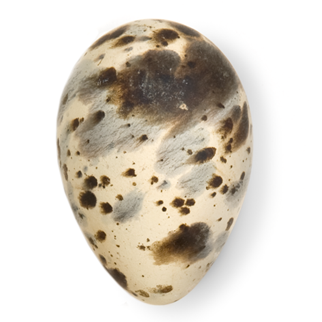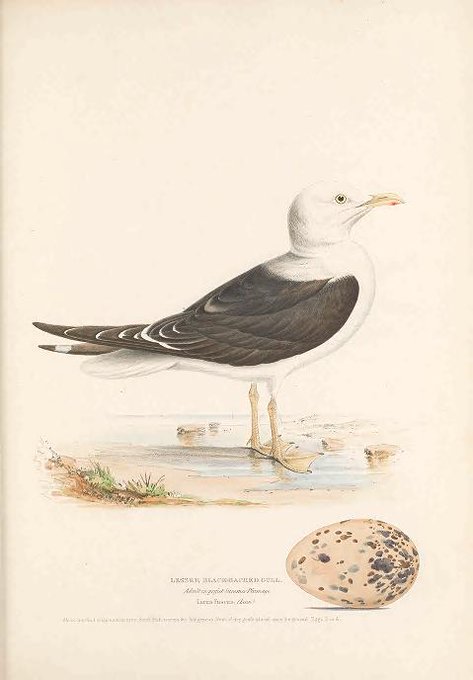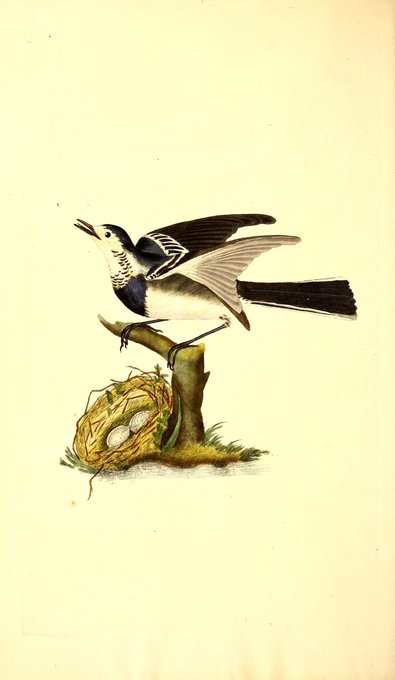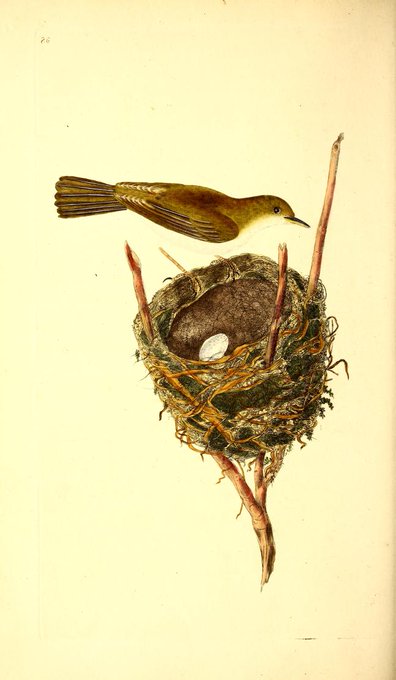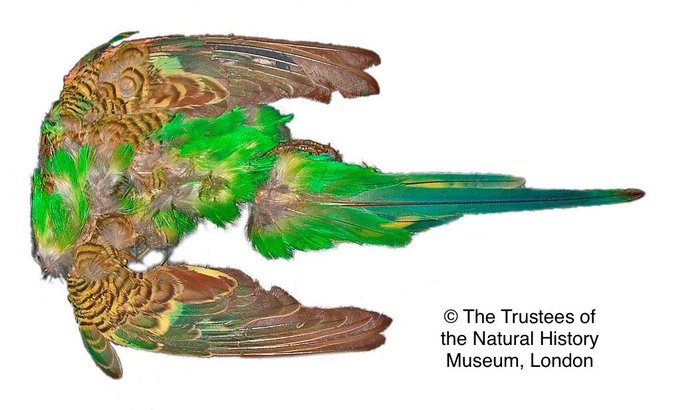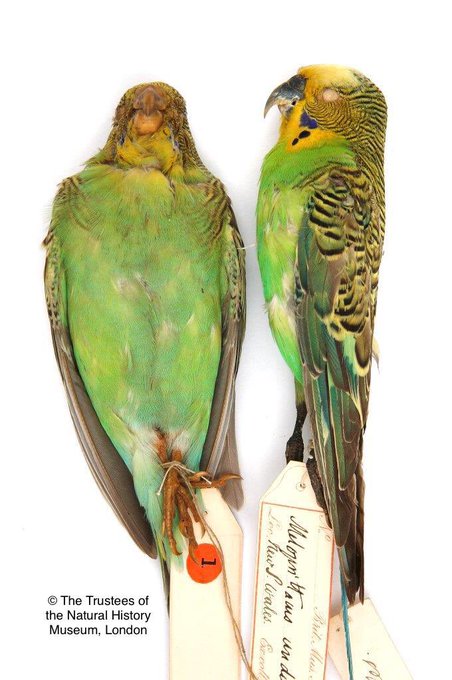The two figures of a Woodchat featured in Yarrell’s (1845) History of British Birds. Ornithologists have been, are and will continue to be funny souls! What other examples historical #naturalhistoryjokes are there!? I can name a few…
The world population is rapidly approaching 8 billion people. Research in 1997 estimated a global
total of 200-400 billion individual birds on Earth. For thousands of years humanity has studied, adored, persecuted & exterminated them but this is still their world #EarthDay2020
One of the greatest treasure troves online is @BioDivLibrary. You can explore thousands of the world’s most important & beautiful books on life. It is the world’s largest open access digital library for biodiversity literature and archives! #WorldBookDay https://t.co/w4PrT96az2
This haunting image was painted by Edward Wilson from an Emperor Penguin chick found frozen at Cape Crozier during the Discovery Expedition 1901–04. Casualties are not unusual e.g. in 1990s researchers found approximately 1000 dead chicks at Riiser-Larsen Ice Shelf, Antarctica
Between 1835-1841, Henry Leonard Meyer (1797-1865) produced, with his wife Mary Ann's help, more than 300 hand-coloured lithographic plates showing birds' and their eggs. Two editions of his 'Illustrations of British Birds' are available @BioDivLibrary https://t.co/2GXVIjoVJs
I was at South Kensington site @NHM_London today and had unexpected opportunity to have a closer look at Roelant Savery’s painting of the Dodo. Painted c. 1626 It struck me that it will soon be 400 years old. We have lost so many more species in the intervening four centuries
Naturalist Edward Donovan published his 'Natural History of British Birds' 1794-1819. His short-lived London Museum & Institute of Natural History closed in 1817 and his collection auctioned. These illustrations are lovely Georgian illustrations of nests & eggs @BioDivLibrary
These fragments of Budgerigar were collected during the voyage of HMS Beagle in Australia by Commander John Lort Stokes and we found them in the pages of a notebook in the incredible collection at @NMMGreenwich in 2007. In 1840 John Gould introduced the first living Budgies to UK
The male King of Saxony bird-of-paradise has some of the most extraordinary feathers in the world - their uniquely modified occipital plumes can be 50cm long with 40-50 glossy blue enamel-looking flags decorating the bare feather shaft and help to attract a mate #ornithology
